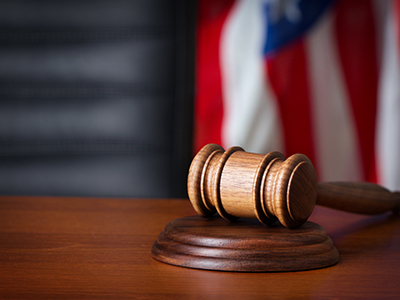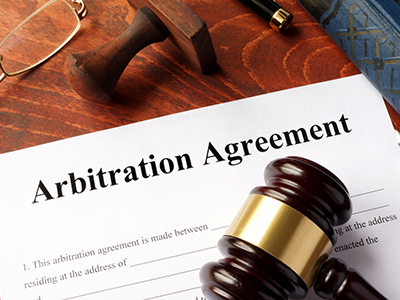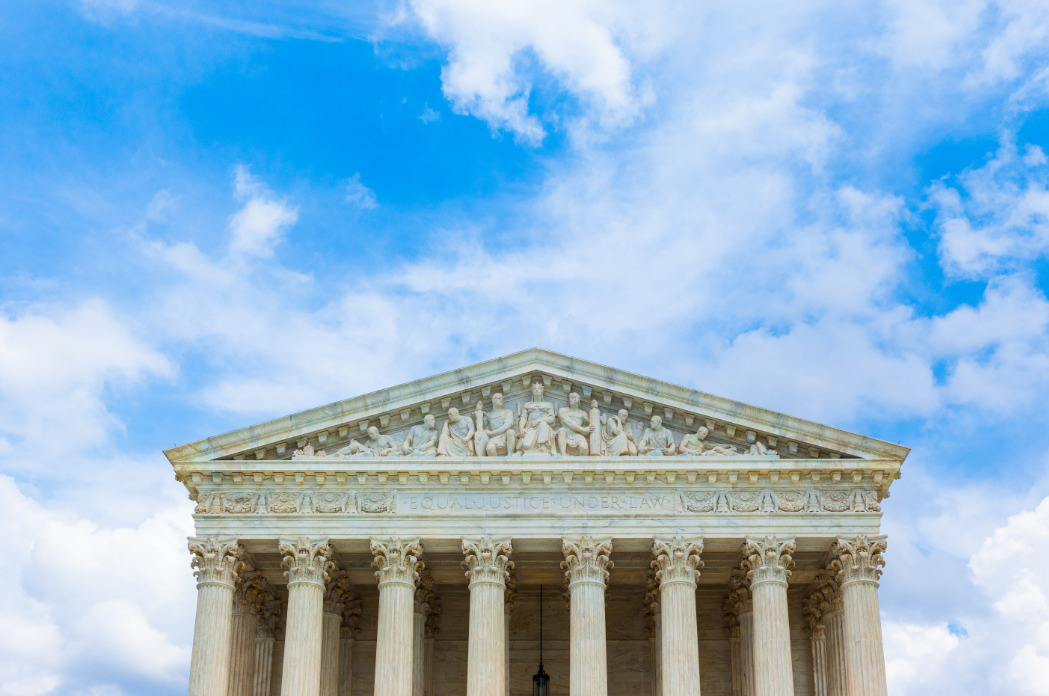We have previously written about how Dodd-Frank retaliation cases are a mixed bag for employers and about the Supreme Court’s expansion of Sarbanes-Oxley (“SOX”) Whistleblower protections. A new decision from the Wisconsin District Court is another mixed win for employers who want to enforce arbitration agreements in Dodd-Frank and SOX retaliation cases. In a case of first impression in the Seventh Circuit, Wussow v. Bruker Corporation., No. 16-cv-444-wmc, 2017 WL 2805016 (W.D. Wis. June 25, 2017), the district court held that while arbitration of SOX whistleblower retaliation claims cannot be compelled, a similar cause of action for whistleblower retaliation under Dodd-Frank can be. READ MORE
Court Rules Dodd-Frank Whistleblower Retaliation Claims Are Arbitrable











